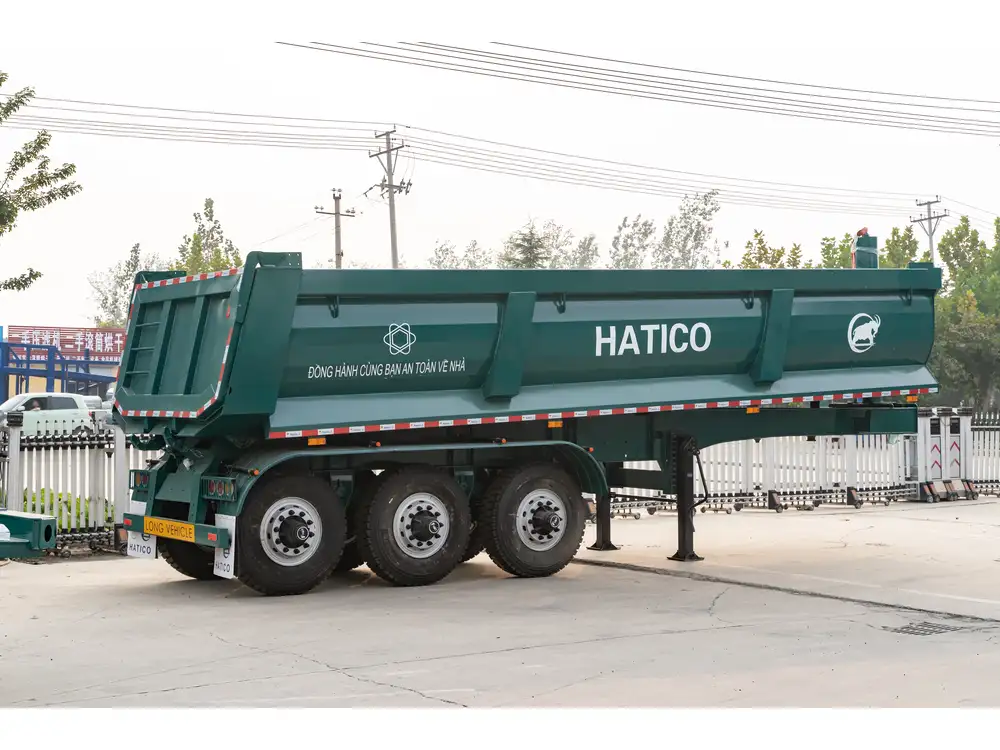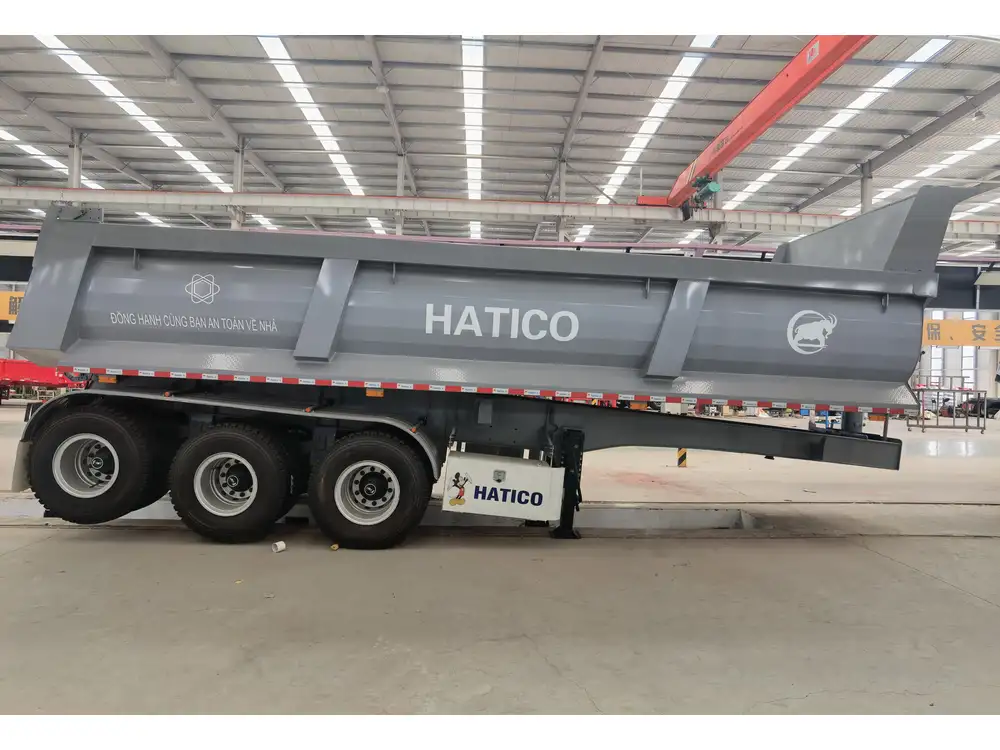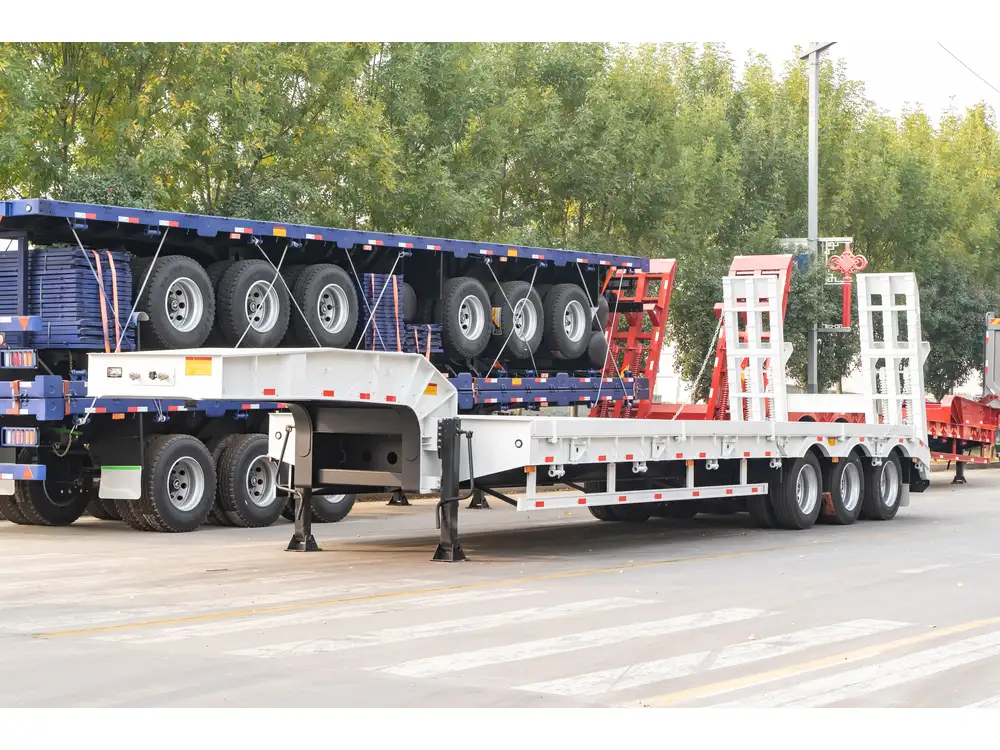Operating bulk tanker trailers, especially those utilizing steam lines and coils, is essential for various industries reliant on the transport of temperature-sensitive materials. Understanding the intricacies of these steam systems can significantly enhance efficiency, ensure safety, and prolong the lifespan of the trailer. Below, we delve into the comprehensive operation of bulk tanker trailer steam lines coils, offering industry insights and practical steps tailored to your needs.
Understanding Steam Lines Coils in Bulk Tanker Trailers
What Are Steam Lines Coils?
Steam lines coils are tubular structures integrated into the trailer designed to transport steam. They play a pivotal role in regulating the temperature of the cargo, particularly in bulk liquid transport. Characteristically constructed from robust materials such as stainless steel, these coils provide thermal efficiency while resisting corrosion.

The Functionality of Steam Lines Coils
- Temperature Regulation: By circulating steam through the coils, the system maintains the required temperature, preventing solidification or degradation of materials.
- Rapid Heating: Steam enables quick adjustments in temperature, facilitating smooth loading and unloading processes.
- Preservation of Cargo Integrity: Maintaining specific thermal conditions guards against contamination and preserves material quality.
Key Components of a Bulk Tanker Trailer Steam System
To operate steam lines coils effectively, it is crucial to familiarize yourself with the core components:
| Component | Description |
|---|---|
| Steam Generator | Produces steam at the desired pressure and temperature. |
| Insulation | Enhances thermal efficiency by minimizing heat loss from pipes. |
| Pressure Relief Valve | Safeguards the system against overpressure scenarios, ensuring the safety of the trailer and its contents. |
| Temperature Sensors | Monitor the temperature of the steam and the cargo, providing real-time data to operators for timely adjustments. |
| Control Valves | Regulate steam flow within the coils, allowing precise control over heating parameters. |
Operating Procedures for Bulk Tanker Trailer Steam Lines Coils
To ensure proper operation of bulk tanker trailer steam lines coils, follow these structured procedural steps:

1. Pre-Operational Checklist
Before any operation, it is critical to conduct a thorough pre-operational inspection:
- Inspect Steam Lines: Look for signs of wear, corrosion, or leaks. Ensure that all joints and fittings are secure.
- Check Insulation: Ensure proper insulation around the coils to minimize heat loss. Any damaged insulation should be replaced promptly.
- Test Pressure Relief Valves: Ensure that all safety valves are functioning correctly and are free of debris.
- Examine Control Valves: Verify that control valves operate smoothly; this will ensure seamless modulation of steam flow.
2. Preparing the Trailer for Operation
With the pre-operational checks completed, you can move on to preparing the trailer:
- Connect the Steam Generator: Attach the steam generator to the trailer. Ensure all connections are tight to prevent leaks.
- Fill the Steam Generator: Ensure that the steam generator has adequate water levels to produce the necessary steam.
- Set Desired Temperature: Input the required temperature based on the nature of the cargo.
3. Starting the Steam Process
Engage the steam lines coils by following these steps:
- Activate the Steam Generator: Start the generator while observing safety protocols. Monitor the pressure gauges during startup to ensure they remain within safe operating limits.
- Open Control Valves Gradually: Slowly open the control valves to allow steam to flow into the coils. Avoid sudden pressure changes, which could damage the system.

4. Monitoring and Adjustment
Continuous monitoring is essential for safe and efficient operations:
- Monitor Pressure and Temperature: Regularly check the gauges to ensure they are within operational ranges. Adjust the temperature using the control valves as required.
- Check for Leaks: Conduct periodic checks for steam leaks at connections and along the lines. Any detected leak should be addressed immediately.
5. Shutdown Procedure
A proper shutdown routine contributes to the longevity of the equipment:
- Gradually Reduce Steam Flow: Slowly close the control valves to allow pressure to decrease gradually. This prevents thermal shock to the system.
- Shut Down Steam Generator: Once the pressure is at a safe level, turn off the steam generator.
- Inspect Post-Operation: Conduct a post-operation inspection to identify any wear or damages that may have occurred during the operation.
Troubleshooting Common Issues
Despite thorough preparation, issues may arise during the operation of steam lines coils. Here are common problems and their solutions:
| Issue | Symptoms | Possible Causes | Solutions |
|---|---|---|---|
| Low Heating Efficiency | Inability to reach target temperature | Insufficient steam pressure, leaks in the system | Check the steam generator, look for leaks, adjust valves |
| Steam Leaks | Visible steam escape | Damaged seals or fittings | Replace damaged seals, tighten fittings |
| Pressure Fluctuations | Inconsistent gauge readings | Blocked steam lines, valve malfunctions | Inspect lines for blockages, service control valves |
| Overheating Cargo | Cargo exceeds temperature limits | Faulty sensors or control valves | Calibrate sensors, check control valve functionality |
| Steam Generator Failure | No steam production or pressure | Incorrect water levels or mechanical failure | Check water levels, service generator components |

Safety Considerations
Operating steam lines on bulk tanker trailers carries inherent risks. Implement the following safety measures:
- Personal Protective Equipment (PPE): Always wear appropriate PPE, including heat-resistant gloves and goggles.
- Emergency Shut-off Procedures: Familiarize yourself and all crew members with emergency shutdown protocols.
- Regular Training: Conduct routine training sessions for all personnel involved in operations to foster a culture of safety.
- Compliance with Regulations: Ensure all operations adhere to relevant industry standards, including state and federal regulations regarding pressure vessels and transport of hazardous materials.
Future Advancements in Bulk Tanker Trailer Steam Technology
As technology evolves, so does the potential to enhance steam line systems in bulk tanker trailers:
1. Advanced Control Systems
Emerging technologies such as IoT (Internet of Things) can facilitate real-time monitoring and control of steam lines, enhancing efficiency through automated adjustments based on cargo needs.

2. Improved Insulation Materials
New developments in thermal insulation can lead to more efficient steam retention, reducing energy costs and improving carbon footprints.
3. Eco-Friendly Alternatives
Investigations into eco-friendly steam generation methods, such as bioenergy-based solutions, could lead to significant shifts in operational practices, making the entire process more sustainable.
Conclusion
Navigating the complexities of operating bulk tanker trailer steam lines coils requires meticulous attention to detail, adherence to safety protocols, and a commitment to continuous learning.
By following the methods outlined above, operators can ensure their systems run smoothly, benefiting from enhanced efficiency, safety, and longevity of the bulk tanker trailers. The importance of ongoing education and technological advancement in this field cannot be overstated, as it will be essential in meeting future challenges and opportunities in the industry.



